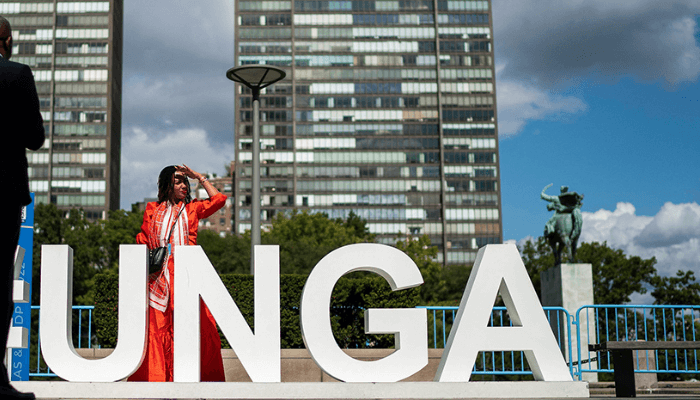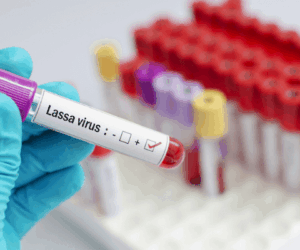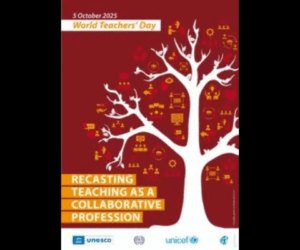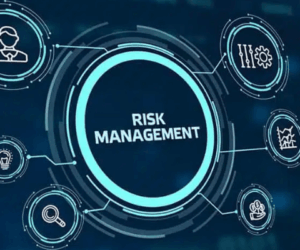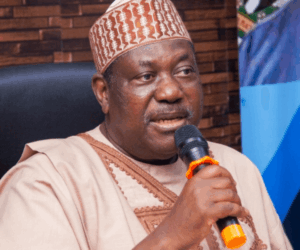The addresses delivered by global leaders, including the compelling statement from President Bola Ahmed Tinubu, represented by Vice President Kashim Shettima, at the September 2025 UN General Assembly, served as a resounding admittance that the objectives of SDG 16 on Peace, Justice, and Strong Institutions are yet to be met and a collective demand for change, directly linking the world’s most acute security and economic failures to the UN’s institutional stagnation. Far from focusing on traditional, isolated challenges, these speeches uniformly confronted the modern global threat matrix—a terrifying convergence of asymmetric conflict, climate-driven instability, systemic economic inequity, and digital warfare. Every nation, regardless of size, acknowledged that the 1945 security paradigm is broken. This shared diagnosis positions the Pact for the Future not merely as a diplomatic aspiration but as a viable strategic roadmap for survival, committing the UN and its member states to the necessary institutional reforms, from financial justice and governance modernisation to the New Agenda for Peace, required to regain strategic relevance in a dangerously complex new world order.
Read also: Africa’s digital future takes centre stage at UNGA sidelines
The 80th session of the UN General Assembly opened on 9 September 2025. The first day of the high-level general debate started on Tuesday, 23 September, under the main theme: ‘Better together: 80 years and more for peace, development and human rights’. This year’s UNGA is its 80th and coincides with a time when the world body is facing a crisis of strategic relevance. Its foundational security doctrines, designed for a post-World War II world of state-on-state conflict, are failing to adapt to a new global threat matrix. The UN’s foundational commitment, a pledge by the world’s governments to collaborate harmoniously and address shared challenges, faces an unprecedented array of pressures. Ancient, persistent challenges, such as the spectre of oppression, the pursuit of extraterritorial ambition, and the deep-seated roots of conflict, are now intertwining with a new wave of disruptive forces. The challenges are not merely political; they represent a fundamental failure of the collective security apparatus to counter the complex, asymmetric, and hybrid threats that define our era.
This realisation is precisely why member states adopted the Pact for the Future in September 2024. The Pact is the UN’s operational attempt to shift its security paradigm, moving from reactive management to proactive anticipation. President Bola Tinubu’s address was a direct and unflinching assessment of this reality, positioning Nigeria’s national security imperatives as a blueprint for the Pact’s implementation, particularly through its New Agenda for Peace.
“The core of President Tinubu’s message is that the UN must shift its strategic doctrine. The pact for the future is not just a diplomatic document but the strategic blueprint for this shift.”
The most glaring vulnerability in the UN’s architecture is the paralysis of the Security Council. Its veto-wielding structure has transformed it from a decisive command-and-control centre into a forum for gridlock. This paralysis creates a dangerous vacuum, a permissive environment that state-sponsored proxies and violent non-state actors exploit to expand their influence and capabilities.
President Tinubu directly addresses this systemic failure, aligning perfectly with the Pact’s Pillar 5: Transforming Global Governance (the Pact’s five pillars are indicated in the table below). He unequivocally called for a permanent African seat, arguing that a council that fails to reflect the world’s demographic realities cannot effectively govern it. By demanding a seat at the table, Nigeria is seizing the momentum of the Pact’s governance reform commitments to push for a necessary strategic adjustment, ensuring the Council is more agile and responsive to the security realities of the Global South.
The new threat matrix facing the world can be broken down into five interlocking areas:
1. Hybrid and asymmetric conflict comprising Non-State Actors (NSAs) as primary combatants and the challenge of convergent threats where criminality and ideology are merging, as well as the Proliferation of Small Arms and Light Weapons (SALW), a critical destabilising factor, facilitating everything from gang violence to regional insurgencies.
2. Climate change as a threat multiplier is a trigger for resource wars, forced migration, border stress and state erosion.
3. Digital Vulnerabilities and Weaponisation, including cyber warfare and critical infrastructure, information disorder (disinformation and AI) and the digital divide.
4. Systemic Economic Inequality and Vulnerability, such as the debt-security spiral, illicit financial flows (IFFs) and fragile supply chains.
5. Institutional Fatigue and Fragmentation, including multilateral decay and the rise of nationalism and singularity (quoting President Donald Trump) and lack of foresight (anticipatory governance).
The UN’s traditional security model is ill-equipped to deal with the ancient, persistent challenges and the asymmetric threat matrix that define our time. President Tinubu brought this into sharp focus by directly naming terrorism, banditry, and insurgency as existential threats, echoing the spirit of the Pact’s Pillar 2: International Peace & Security.
Read also: Shettima heads to Germany, after successful UNGA80 outing
This intersection is where the economic meets the operational security:
1. Funding the conflict: Tinubu’s emphasis on fighting illicit financial flows (IFFs) and recovering stolen assets is a direct operational countermeasure. These IFFs are the lifeblood of criminal and extremist groups. By disrupting these illicit pipelines, he argues, the international community can cripple the financial lifelines of instability. This strongly supports the Pact’s Pillar 1: Sustainable Development & Financing, which seeks to reform global finance to create stability, thereby removing the economic oxygen from conflict actors.
2. Root causes and prevention: Tinubu’s insistence on addressing poverty, hunger, and exclusion as the roots of conflict is a textbook application of the Pact’s New Agenda for Peace. The Pact prioritizes prevention over intervention. Nigeria’s demand for economic equity and debt relief, a core part of the Pact’s reform agenda, is framed as a primary defence measure, investing in “freedom from want” to achieve “freedom from fear”.
The core of President Tinubu’s message is that the UN must shift its strategic doctrine. The pact for the future is not just a diplomatic document but the strategic blueprint for this shift.
Tinubu’s call for empowering youth and addressing the digital divide also supports the Pact’s Pillar 3 (Digital Cooperation) and Pillar 4 (Youth and Future Generations). In a security context, this means:
● Countering extremism online: Closing the digital divide and establishing digital governance is essential for countering radicalisation and disinformation campaigns that fuel instability.
● Anticipatory governance: The Pact’s commitment to “anticipatory governance” aligns with Nigeria’s need to predict and mitigate climate-driven conflicts (like farmer-herder clashes) before they escalate.
President Tinubu’s forceful, security-oriented stance thus positions Nigeria not as a passive beneficiary of the Pact for the Future, but as an essential and highly motivated partner in building a more secure and adaptable international order, using the Pact’s own language and framework to advance its national security interests. To do this and to ensure that the well-commended speech does not remain an aspiration as previous ones did, Nigeria should build on the outcome of the strategic dialogue on Nigeria’s commitments to the Pact held on August 29, 2025, at the UN Nigeria Office in FCT Abuja.
Kabir Adamu is the Managing Director of Beacon Security and Intelligence Limited.

